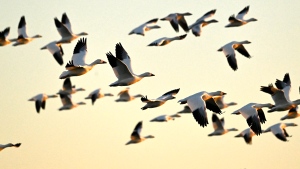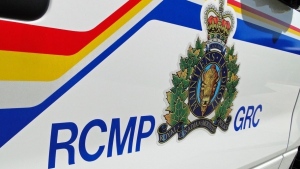Alberta’s bird population is facing a significant decline, with billions of birds being lost due to various backyard risks. As we approach the fall migration season, it is crucial to understand the threats that these birds face and how we can help make their journey a successful one.
According to a recent study by the Cornell Lab of Ornithology, North America has lost nearly 3 billion birds since 1970. This decline is primarily due to habitat loss, climate change, and other human activities. In Alberta, the situation is no different, with many bird species facing a decline in their population.
One of the biggest threats to birds in Alberta is the loss of their natural habitat. As urbanization and development continue to expand, birds are losing their nesting and foraging areas. This loss of habitat not only affects the birds’ ability to survive but also disrupts their migration patterns.
Climate change is another significant factor contributing to the decline of bird populations. As temperatures rise, birds are forced to alter their migration routes and timing, which can be detrimental to their survival. Extreme weather events, such as storms and droughts, also pose a threat to birds, making their journey even more challenging.
Human activities, such as the use of pesticides and collisions with buildings, are also significant risks to birds in Alberta. Pesticides can harm birds directly or indirectly by reducing their food sources. Collisions with buildings, especially during migration, can result in fatal injuries for birds.
So, what can we do to help make fall migration a successful one for birds in Alberta? The first step is to create bird-friendly habitats in our backyards. Planting native trees and shrubs, providing a water source, and avoiding the use of pesticides can all help create a safe haven for birds.
Reducing our carbon footprint and advocating for policies that address climate change can also make a significant impact on bird populations. Additionally, taking steps to prevent bird collisions, such as using bird-friendly window decals, can help protect birds during their migration.
It is also essential to support organizations and initiatives that work towards bird conservation. These groups conduct research, raise awareness, and implement conservation measures to protect bird populations.
In conclusion, the decline of bird populations in Alberta is a pressing issue that requires immediate attention. By understanding the risks that birds face and taking action to mitigate them, we can help make fall migration a successful one for these beautiful creatures. Let us all do our part in preserving the diversity and beauty of Alberta’s bird population.




